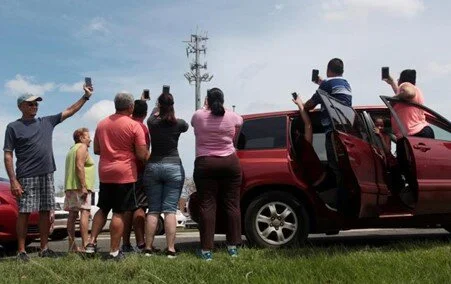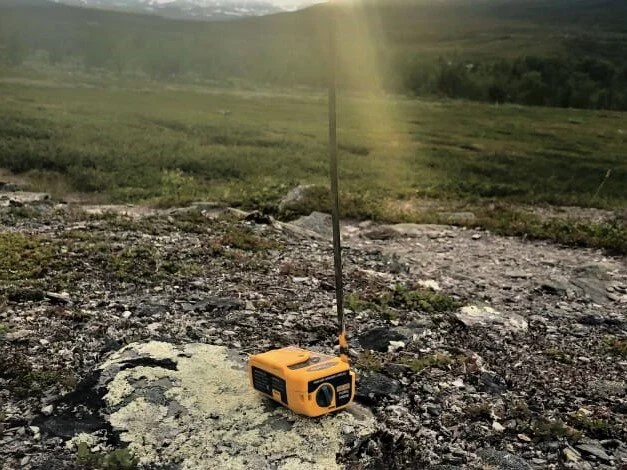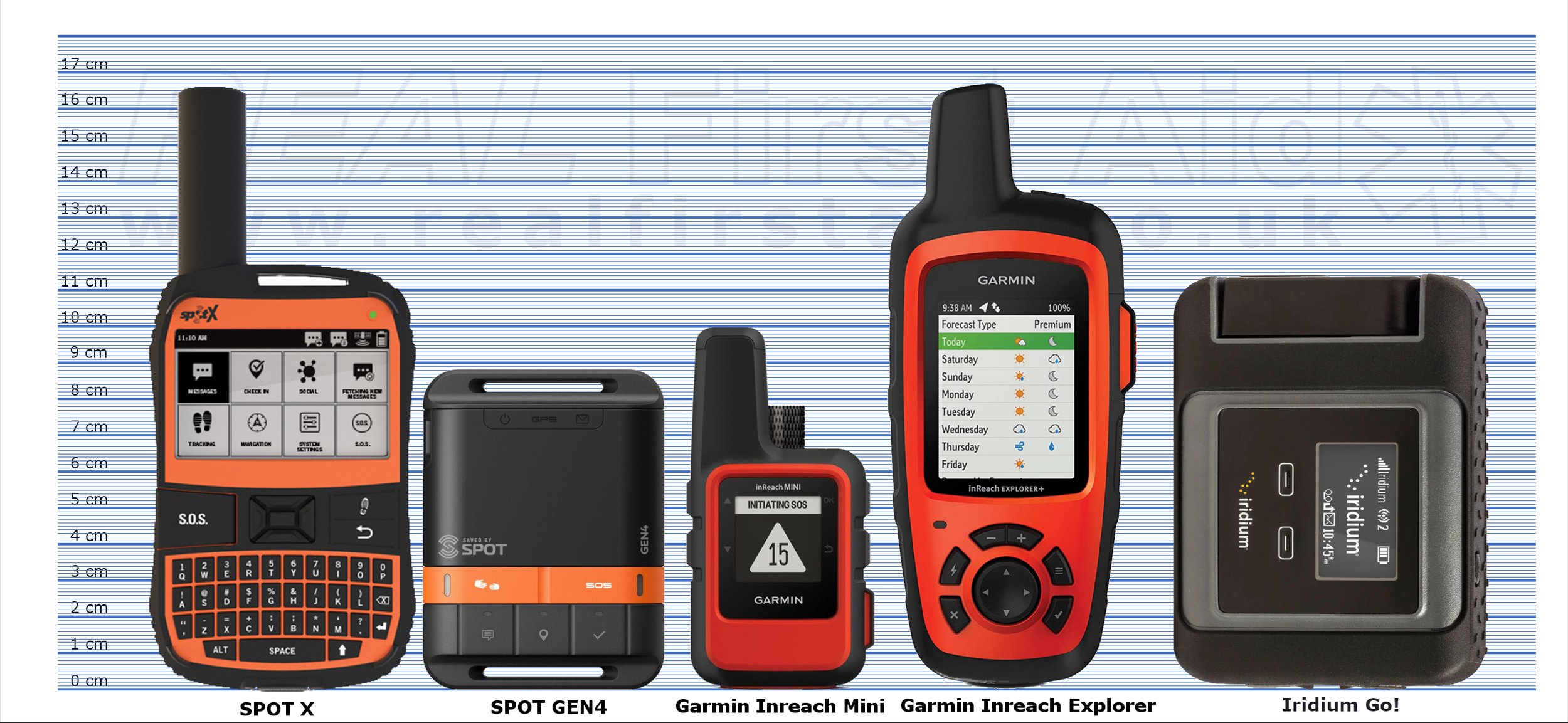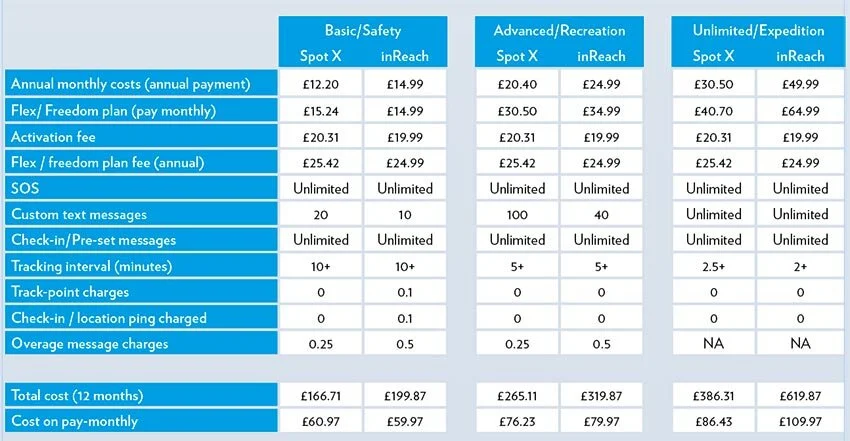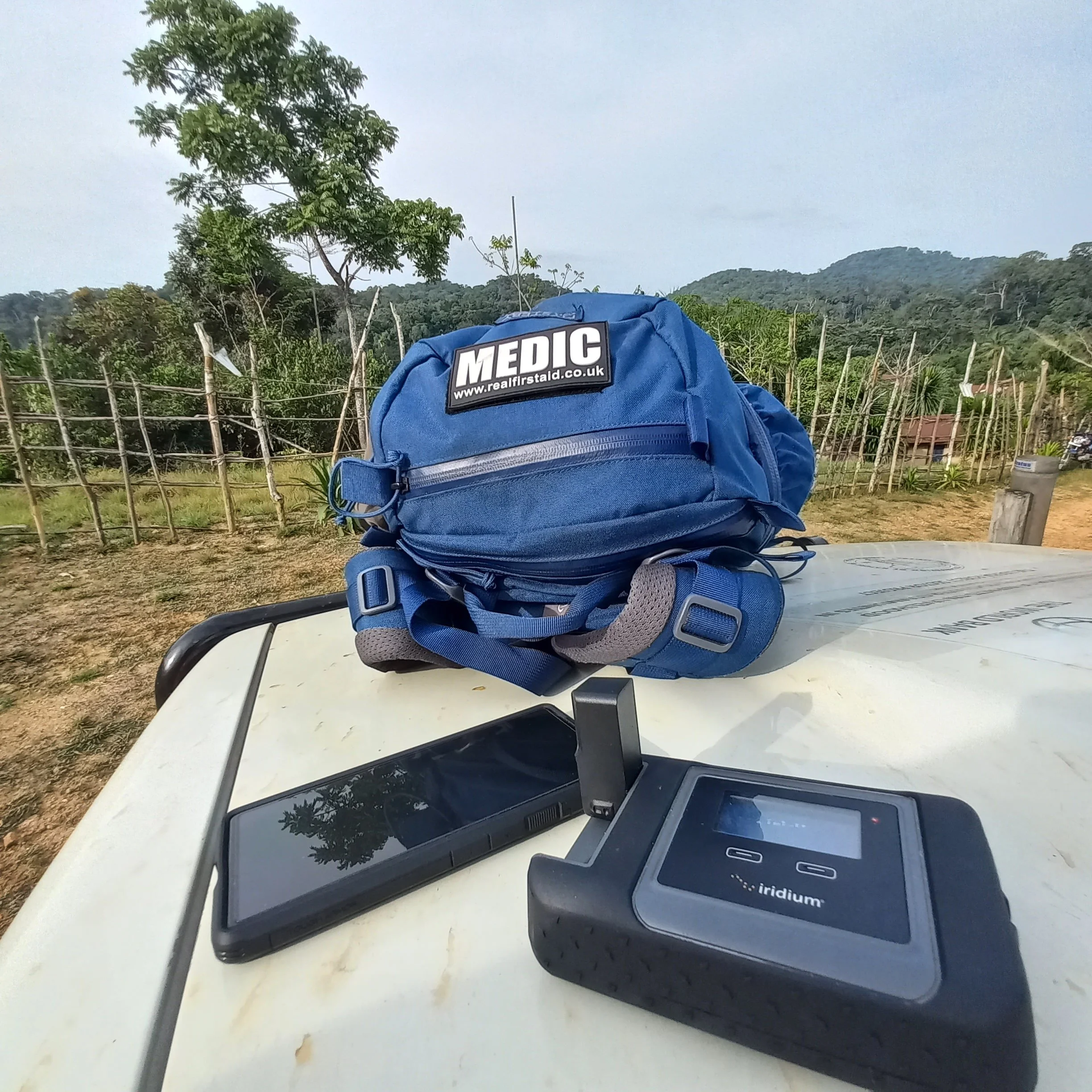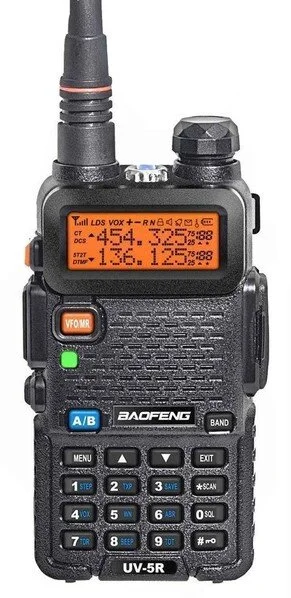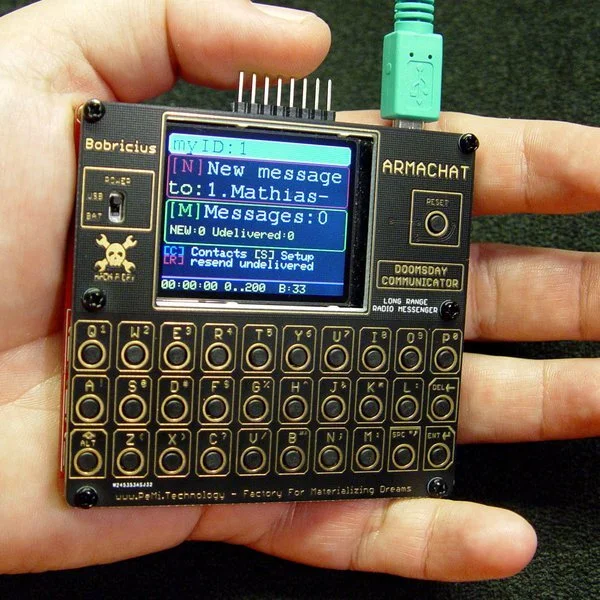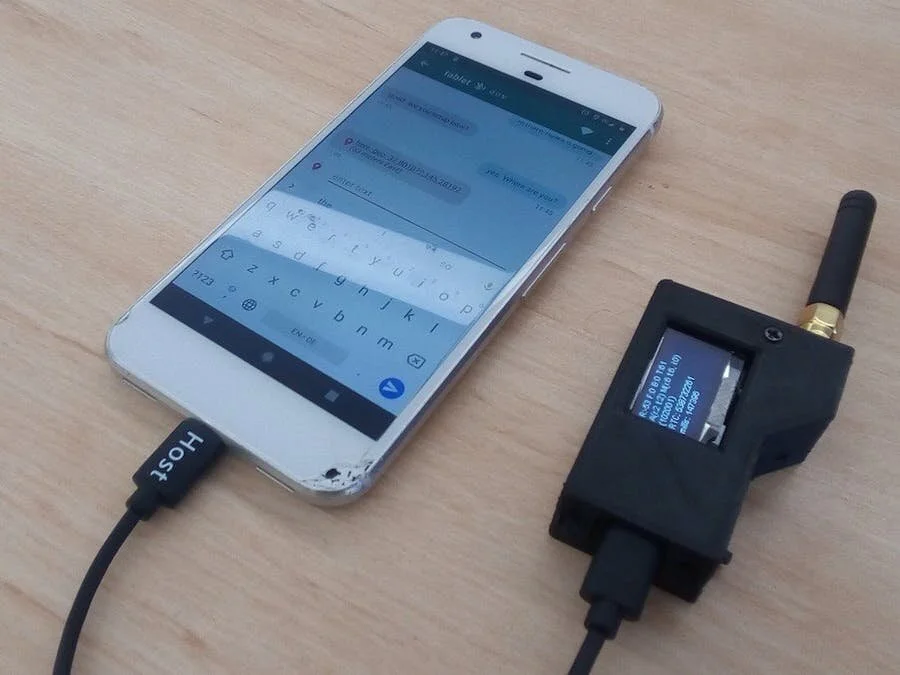Communication options for Remote Environments
11th November 2020 updated 23rd May 2023
When you are working or playing in remote environments, having one form of communication is an absolute minimum. A second means of communication should be the standard because nothing, especially technology, is infallible.
In Comms planning we use the acronym PACE to cover all eventualities:
Primary
Alternative
Contingency
Emergency
Mobile Phones
A mobile phone will be most people’s first choice for their primary means of communication and in almost all instances are an appropriate and logical choice.
There are few populated places in the world which don’t have a reasonable network. But there are still some areas with zero coverage, and this might not be because of the location per se but rather the geography; deep valleys or dense tree cover for example.
And where good network coverage does exist, there are reliability issues which vary greatly country-to-country and all it takes is one small disaster to knock out an network or overcrowd it as individuals all attempt to make phone calls as the same time.
Without a recce of intelligence on the ground it can be difficult to determine mobile phone coverage as a planning consideration.
Crowds gather around a mobile network tower to attempt to gain signal after networks were destroyed by hurricanes in 2017 Source: Twitter
Even a basic smartphone has enough technology and contingency to make it a perfectly appropriate means of primary communication.
Check the IP rating of the phone – benchmark smartphones are now commonly rated to IP67 which provides a high degree of protection from dust and liquids.
Check the battery life of the phone – both standby and talk time. Do you have means of charging the phone without access to a wall socket? Do you have the correct cables, a power bank or even solar charger?
Most smartphones have inbuilt GPS and/or location services which are good enough to have pretty much destroyed the standalone GPS market when combined with mapping software such as Spyglass and Viewranger
Consider purchasing a Global SIM which opens up the availability of other Network Providers in your area. This is also often the most economical way of making calls when abroad.
Many Android phones such as the Samsung Galaxy and Google Pixel are Dual SIM meaning they can accept two different SIMs. This might be one in-country SIM and one home-country SIM or even two network providers in the same country to mitigate ‘dead spots’.
The “Share Location” feature is the most underused benefit of Whatsapp, allowing users to share locations for a set period of time and without having to install additional Apps.
VOIP (voice over internet protocol) Apps like Zello can a group of mobile phones into handheld radios or ‘walkie talkies’.
And don’t forget the basics. Before deployment, ensure all correct numbers are stored in everyone’s phone and keep a laminated hard copy for when the Primary means of communication fails.
Satellite Phones
Satellite phones were once the defacto comms for anyone working in remote and wilderness locations. Whilst the costs have come down significantly over the last 20 years, advances in handheld technology, transmission technology and satellite and data networks means that other, more affordable, methods now exist to challenge their place.
The major advantage of a Satellite phone is two-way global coverage for voice calls, SMS messaging and internet.
Most satellite phones also now support email within the handset
SMS and email communications can be cheaper than voice communication.
Most satellite phones now include a GPS that can be used to insert your coordinates into an email or sms.
Some satellite phones have a dual mode and can operate via a mobile phone network if there is one in range.
But…
You always need to see the sky to receive calls which can be difficult whilst mobile.
It can be slow to acquire satellites and may not work under a dense tree canopy.
Calls to and from satellite phone can be prohibitively expensive
Satellite phones cannot send a distress message (like an EPIRB/PLB) that is picked up by commercial and search and rescue aircraft.
Depending on your phone make and model, you may need to apply firmware updates occasionally.
The main contenders are Iridium, Inmarsat, Thuraya and GlobalStar.
Iridium
In terms of coverage Iridium is the only provider which delivers truly global coverage utilizing a network of 66 low orbiting (485 miles) satellites. At this low orbit the satellites are constantly moving in the sky (each will take 10-15 minutes to pass from horizon to horizon, with one passing overhead every seven minutes or so). If you do not have Iridium signal you may only have to wait a few minutes before a new satellite comes into ‘view’. Occasionally, however, signal can randomly drop out for the very same reason.
GlobalStar
GlobalStar a network of 24 satellites that orbit at 900 miles. Despite less than half the number of satellites as the Iridium network, orbiting at twice the altitude provides a larger footprint than each Iridium satellite which bring its coverage up to near equivalency. Globalstar’s network covers most of the USA, South America, Europe, Australia, Southern Africa and China but there are large gaps in India, Pakistan and the Middle East where coverage is restricted to SOS and one-way message cover. The network does not have coverage beyond 70º north and south of the equator.
Inmarsat
By contrast, Inmarsat uses just four geostationary satellites at a much higher 22,000km geostationary satellites fixed above the equator, each with a much larger footprint. As they are geostationary, the signal strength is more stable than Iridium but deteriorates the further one moves from the equator towards the poles.
Thuraya
Thuraya also uses geo-synchronous satellites, but it has only two, and they’re in fairly specific locations. There’s one over Singapore, and one just off the eastern coast of the African continent. With these two satellites, Thuraya offers coverage to roughly 70% of the globe, including Australia, Asia, Europe and Africa.
The US, New Zealand and southern American countries are not covered.
| Monthly Plans | Iridium | GlobalStar | Inmarsat | Thuraya |
|---|---|---|---|---|
| Monthly Fee | $57.00 | € 42.95 | $49.95 | $50.00 |
| Minimum period (months) | 3 | 12 | 3 | 12 |
| Included mins | 10 | 10 | 10 | 0 |
| Included calls | 0 | 0 | 0 | $15.00 |
| Out of bundle calls per minute | $1.08 | € 0.60 | $1.00 | $1.35 |
| SMS | $0.45 | $0.45 | $0.49 | |
| Out of designated area calls | € 0.80 | $1.20 | - | |
| Activation charge | $50.00 | € 50.00 | $50.00 | $50.00 |
| Major Incident costs* | $1,189.40 | €793.40 | $1,074.40 | $1,194.00 |
| GBP | £915.84 | £721.99 | £827.29 | £919.38 |
Alerting and Tracking devices
There are a number of options here which all feature the same commonality – basic options allow you to transmit but not receive; in other words they may be a means of signalling a request for help but not only do you not have two-way communications you do not know if your message has been received.
Personal Locator Beacons (PLBs) or also known as PLS Personal locating Systems
Ocean Signal RescueMe PLB1
Personal Locator Beacons (PLBs) can be carried and used to issue a distress alert via satellite and overhead aircraft in the event an emergency occurs in the field. They are sometimes referred to as Emergency Position Indicating Radio Beacons (EPIRBs) though this type of beacon is intended for Marine Use and are often slightly larger and registered to vessels rather than individuals.
They are all typically very small and light
They do not require any ongoing or monthly cost to own or operate.
They are all typically waterproof and have long-life batteries which last 5 to 7 years.
A PLB with a GPS is recommended to improve location accuracy – These usually work with a commercial satellite such as Iridium to aid in 2 way text comms
non-HAZMAT type batteries can be safely carried on commercial airliners
But…
PLBs are a one-way. The flashing red light when activated indicates the beacon is transmitting but does not confirm your activation has been received. The exception is the Orolia Maritime FastFind ReturnLink PLB which indicates the users location has been sent and confirmed.
PLBs cannot be used for tracking progress or sending custom messages.
Under the Merchant Shipping (EPIRB Registration) Regulations 2000 it is mandatory to register 406 MHz beacons (EPIRB or PLB) with the competent authority – in the UK this would be HM Coastguard.
Satellite Messengers
The major benefit of Satellite Messenger is that unlike PLBs, devices such as the SPOT and Garmin InReach provided the ability to send predetermined customised messages with your location coordinates via SMS and email using a satellite network.
Devices such as SPOT or Garmin pair with your phone to send texts, access GPS information and send SOS messages via a satellite network.
Coverage-wise, the Spot X Bluetooth uses the 24 satellite GlobalStar system (coverage details above) and Garmin Inreach promises global coverage by the Iridium satellite network.
Comparison of sizes
Comparison of prices
Of the current range we would recommend the Garmin In Reach Mini for a couple of reasons:
The Garmin features a worldwide coverage courtesy of the Iridium network.
Neither the SPOT GEN3 or GEN4 feature screens meaning they can only send messages and not receive.
Whilst the SPOTX features a full keyboard it is difficult to use if you suffer with fat fingers. The Garmin Inreach range can be paired to your phone via Bluetooth allowing to you compose messages much more easily utilizing their custom App.
Being connected by Bluetooth, the Garmin devices can be hoisted to around 30ft (the range of Class 2 Bluetooth devices) which may allow better signal strength - especially in areas of high tree cover, for example.
The Garmin products notify you when the message has been sent, the SPOTX and SPOT GEN4 do not, leaving you wondering if your message has actually reached the outside world
Iridium NAL Research Shout Nano
NAL Research Shout Nano TS
The SHOUT Personal Tracker is a commercial version of what is currently issued to Special Forces; it continually transmits all data to SkyRouter, Blue Sky Network’s interactive web portal that enables immediate access to tracking data and two-way communication with every user around the globe from a laptop at Base Camp or HQ. Users in the field can easily and quickly reach out in event of emergency, and dispatchers at HQ can quickly respond or alert them to potential issues such as changes in the weather, natural disaster or nearby civil unrest.
Satellite WIFi Hotspots
Iridium Go! in use n West Africa
There are now a number of Satellite WifI hotspot products available from the various satellite network providers - with all of the pro and cons of their respective phone coverage.
A WiFi hotspot allows a number of different mobile phones to be linked to satalite comms for text and voice calling as well as other functionallity provided with the Apps such as weather and social media linking.
Handheld radios
Handheld UHF Radio
The Baofeng UV9R is a cheap (£35) handheld, 5W radio that operates on both 2m and 70cm bandwidths.
UHF CB radios – such as the off-the-shelf Motorola walkie talkies - can be especially useful for communications between members of a group. They operate on the PMR446 (Private Mobile Radio, 446 MHz) 70cm bandwidth and require no licence. And they are cheap to buy.
Handheld radios are an ideal, cost effective method of Primary or Alternative comms for groups working in reasonably close proximity and require open channels of communication.
Range is predominantly limited to line of sight but also the output power of the handset: Handsets with 2W power output is a realistic minimum for remote area usage which may cover 1km where a 5W handsets might get 5km in optimum conditions including direct line of sight.
Range can be extended with the use of repeaters .
Handheld VHF Radio
These operate on the 2m bandwidth (144Mhz). There are a number of benefits to this bandwidth including increased range - typically limited to the horizon, rather than line of sight - as well as a wider bandwidth meaning less crowded channels.
However, to broadcast on this bandwidth requires an Ameture Radio Licence, relative to the country you are operating the devices.
Whilst the 2m bandwidth has a greater transmission range than 70cm UHF radios, UHF has greater penetration including buildings and foliage.
LTE Broadband Radios
With an LTE radio one can communicate anywhere in the world using 4G, broadband networks or WIFI with secure end-to-end encryption.
Uses established connectivity bearers using 3G, 4G or 5G or a Wi-Fi network simultaneously to provide communication between two or more users.
inbuilt GPS hardware allowing for continual real-time location monitoring.
IoT integration with seamless Applications.
Gateways to other technology such as DMR, landline phones and email.
Low cost of ownership.
Wide range of devices and manufacturers.
Rapid deployment & re-configuration
No licence required
Highly secure with end to end encryption
An example of an G6 Global LTE arrangement of handheld devises, base station and monitoring software.
LoRa Communicators
LoRa is a low-power wide-area network technology on unlicensed frequency bands such as 433MHz or 915MHz and is ostensibly used for the Internet of Things (IoT) or in simple terms, a protocol which allows ‘things’ to talk to one another, for example, an inventory system in a distribution centre or home security systems.
LoRa is being developed by the prepping and libertarian communities, often as open-source projects as a method of medium range text communication - which is not dependant upon an infrastructure such as mobile networks of WiFi - between LoRa Communicators or between mobile phones paired via Bluetooth to a LoRa Communicator
Small and cheap
Not reliant on infrastructure
Difficult to track or eavesdrop
Able to send and receive text messages
Can be integrated with GPS to show users location
Can work across several kilometers with line of sight and extended further using a mesh system.
But…
Nascent technology which is still in development and should not be relied upon as a primary means of communication.
Not intuitive - a higher level of understanding is required to set up each unit and system
Slow to send and receive messages.
Handheld Lora communicator with integrated Qwerty keyboard. Source
Lora Communicator connected to a mobile phone. Source
What is right for you?
What is right for you depends on many factors including, but not limited to, your intended location, budget, size and weight limitations, the number of people in your groups and individual competencies.
Keeping in touch with friends and family to reassure them that all is well a simple messaging and location App such as Whatsapp is ideal.
Communicating with other members of your party, within a small geographical spread, handheld radio might be most appropriate for day-to-day use reserving the mobile phone as the alternative means of communication.
If your concern is that your secondary means of communication is strictly for emergencies, a PLB or Satellite Messenger might be more appropriate.
If money is no object a Satellite Phone might be your Primary, Alternative and Emergency choice but relying on one method leaves no room for Contingency.
Similarly a Mobile Phone can be your Primary, Alternative and Emergency options at a fraction of the cost of a Satellite phone with the addition of Dual SIMs, a secondary method of transmission such as VOIP app and an installed Location tracker.
Simple Examples
| Climbing Team | Overseas Business | Remote Working | Hostile environment | |
|---|---|---|---|---|
| Primary | Hand-held radio | Dual SIM Mobile phone | Satellite Phone | LTE Radio |
| Alternative | VOIP App | 2nd SIM | Dual Sim Mobile phone | VOIP App |
| Contingency | Mobile phone | Satellite Phone | 2nd SIM | |
| Emergency | PLB | Satellite Phone | Satellite Messenger | Satellite Messenger |
No Communications Plan should be the same for each situation. Before each trip or task, in every planning stage ask yourself:
What are our needs?
What are our limitations?
What will our PACE options be?
Does everyone understand the plan?
Acknowledgment
Sincere thanks to Ryland Harding of SyOps Solutions. SyOps Solutions draws on Ryland’s years of experience as a UK Special Forces Communications Specialist to deliver high-end communications consultancy and training to the security sector.


